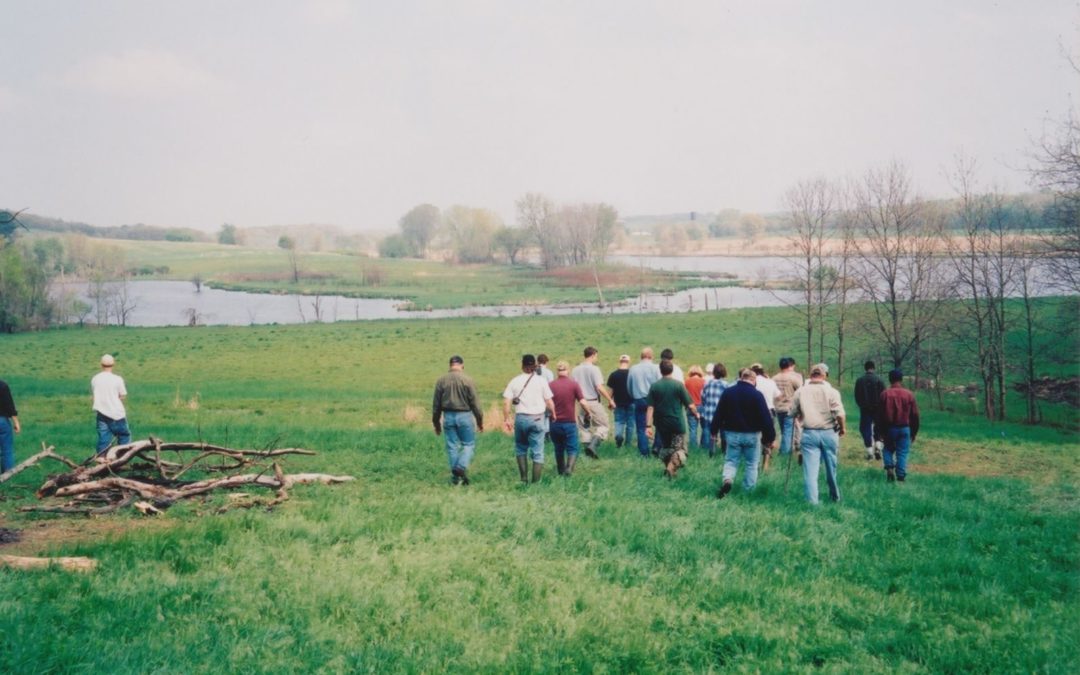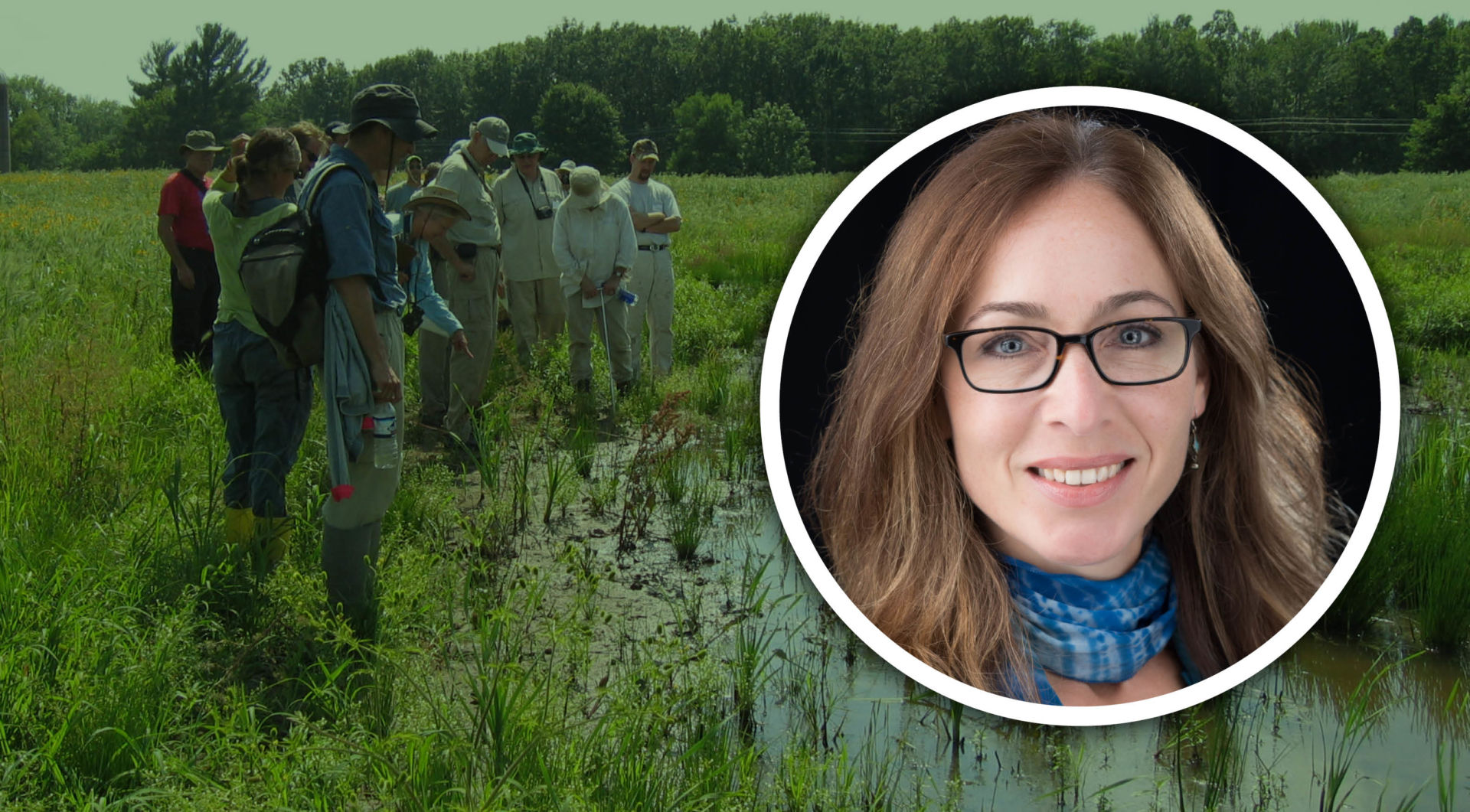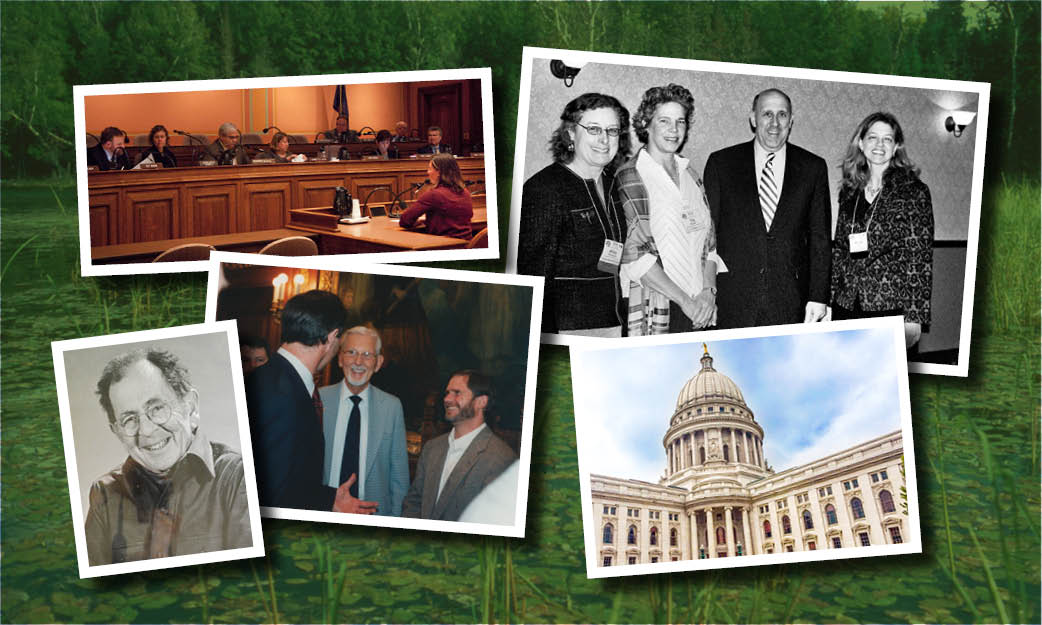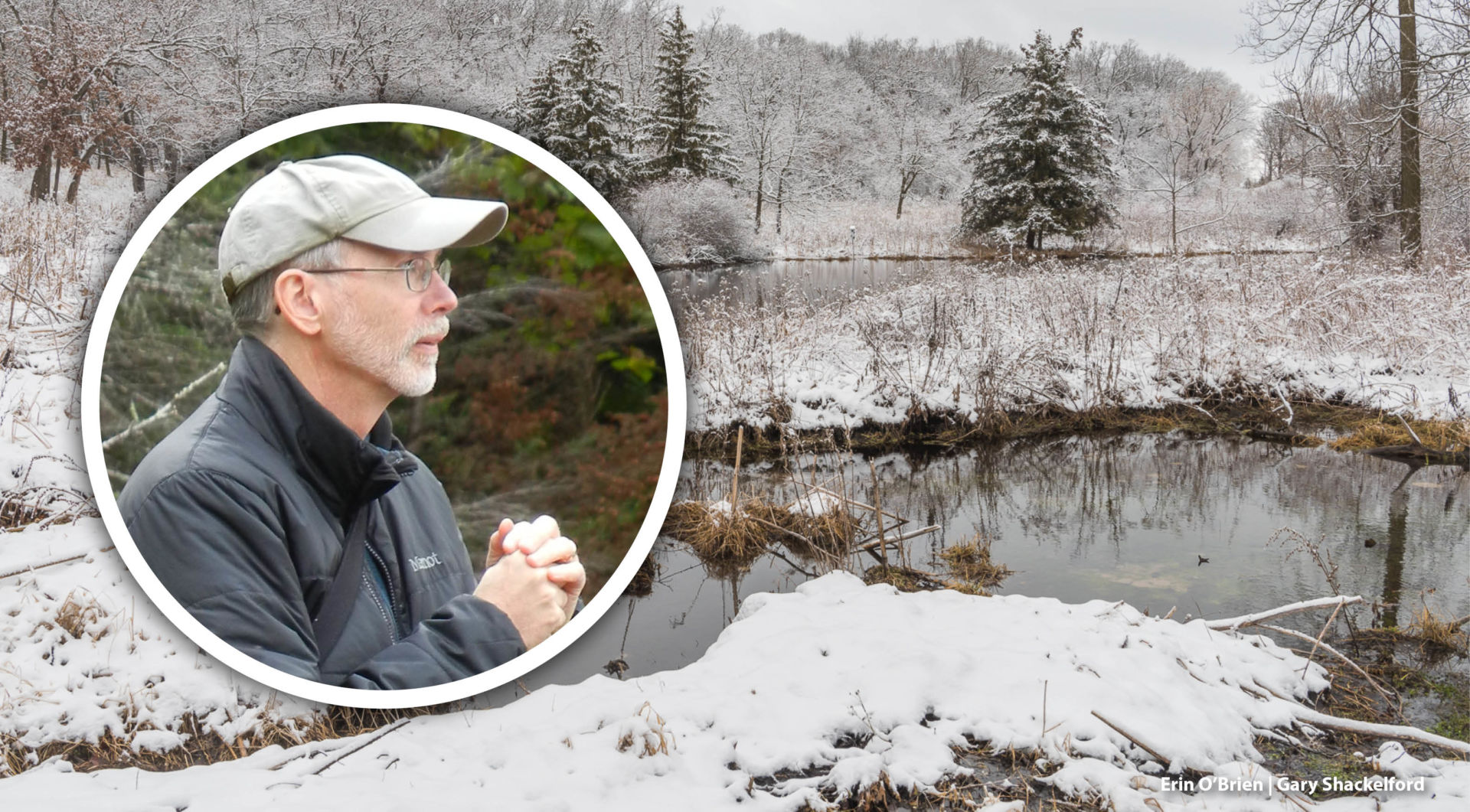In recognition of Wisconsin Wetlands Association’s 50th Anniversary, we are looking back at how our programmatic work has evolved over 50 years. In this installment, we explore our wetland education and outreach efforts.
WWA has always understood that, to achieve our vision of healthy, plentiful wetlands in Wisconsin, we need to effect a lot of change in policies, behaviors, and practices. And these changes require an understanding of wetlands and their important functions and values. As a result, outreach about wetlands—what they are, how they work, why they are important, and how people can help protect and restore them—has been at the core of our work for 50 years. Getting our feet wet has too: we were, and are, committed to fieldbased learning and exploration. What has changed over the past 50 years, in response to changing science, challenges, and technologies, is the focus of our outreach with regard to purpose, audience, and message.
In our early days, even the word “wetland” was relatively new, and few understood the functions and values wetlands provided. Our outreach focused on building wetland protections and on advocating against projects that threatened wetlands. We organized wetland advocates through the Wetlands Coordinator Program and Wetlands Information Network. The annual Crane Count was a great way to find and recruit wetland lovers to both count cranes and advocate for wetlands. Our print newsletter was the go-to resource for updates on legislative and development proposals and upcoming events as well as articles about wetlands and their inhabitants. It was laboriously produced with a typewriter and copy machine and mailed with a nine cent stamp.
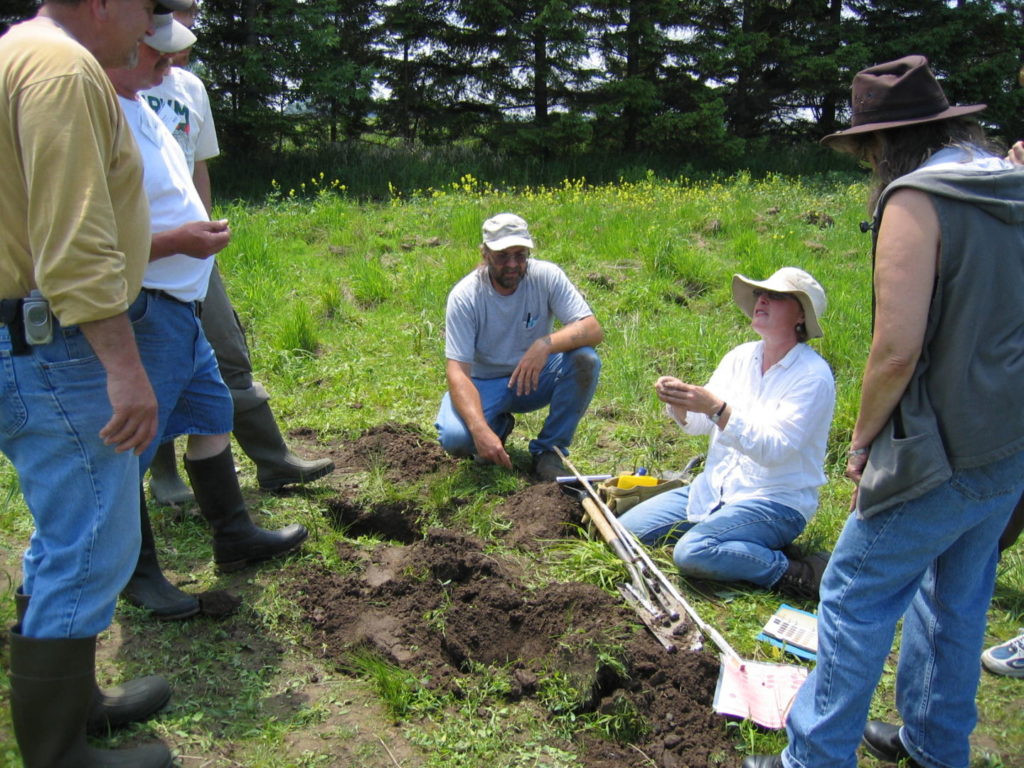
Former WWA Board Chair, Alice Thompson (kneeling), taught many restoration workshops for landowners and professionals in the 2000s.
Wetlands Week in the 1980s and 90s was a substantial effort to reach a broader public audience about the beauty and importance of wetlands. This annual WWA event offered presentations, field tours, and more to celebrate and promote wetlands. The 1980s also brought a technological revolution in the area of newsletter production: word processing!
Outreach to develop citizen advocates for wetland protection continued through the 1990s. WWA published a citizen guide to protecting wetlands and the Wetland Protection Handbook. Workshops to develop a Wetland Watch Network happened all over the state. And our members were instrumental in producing the first Wetland Scientists Forum.
Our outreach in the late 1990s and 2000s reflected the developing science of wetland restoration and the growing awareness of the need to not only protect but also restore wetlands. The Wetland Restoration Handbook for Landowners was followed by years of restoration workshops for landowners and professionals alike. Our outreach also reflected new digital methods of communications, including our first website and email newsletters to share information and quickly engage wetland advocates.
Today, WWA continues to be the go-to organization for wetland information in Wisconsin. We raised the public profile of wetlands by promoting Wetland Gems® and by working to designate more Ramsar Wetlands of International Importance (work that garnered an international award!). We are reaching more people via social media and using the compelling medium of video to tell the stories of people and communities caring for wetlands. And we promote knowledge exchange and community building at the annual Wetland Science Conference.
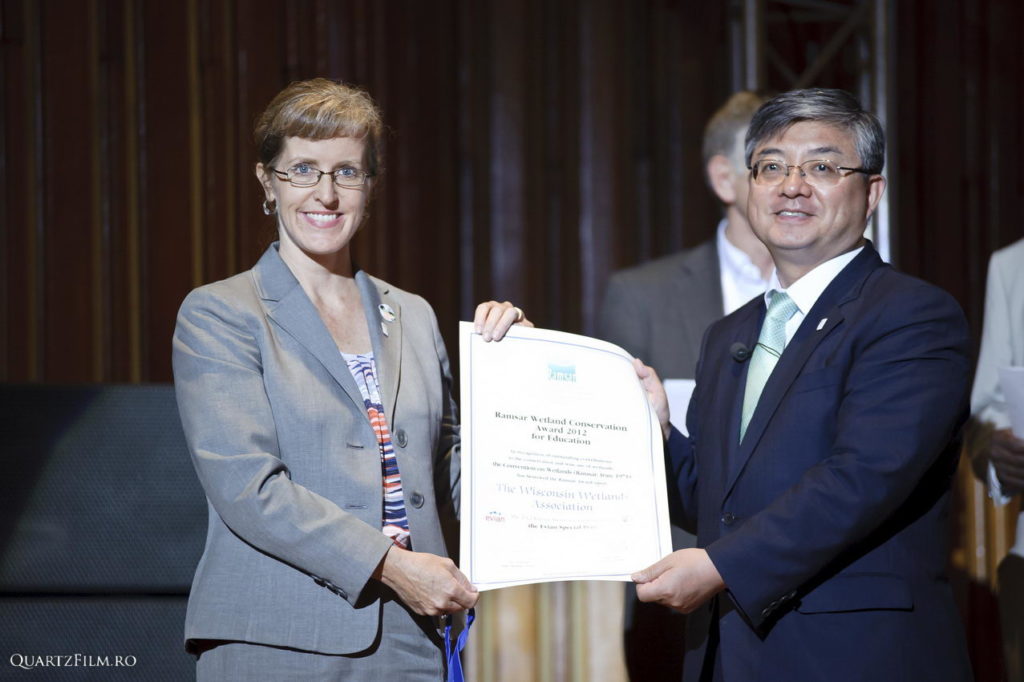
Outreach Programs Director Katie Beilfuss (left) accepts the Ramsar Wetland Conservation Award for Education in 2012. The prestigious international award recognized WWA’s work promoting Wetland Gems® and Ramsar Wetlands of International Importance.
Moving forward, to both protect and restore the wetland acreage we need in order to heal our state’s water challenges, we must reach those who have control over land use decisionmaking. As a result, we’re focusing our outreach to help decision-makers see how wetlands can help them accomplish their priorities and solve their problems. We develop materials and trainings for local government decision-makers and for wetland landowners (who collectively own 75% of our remaining wetlands). We promote pro-active wetland and watershed policies and practices. And we work with communities who struggle with flooding, water quality, and other water management issues in order to demonstrate on-the-ground practices and effective wetland and watershedbased approaches.
Outreach about wetlands has always been and will always be a foundational part of WWA’s work. We continue to explore ways we can use strategic, targeted outreach to advance the urgent task of repairing Wisconsin’s wetland landscape. And we’re working with members like you and our many partners to help more people see wetlands as solutions to Wisconsin’s water management challenges.
Related content
50 years of wetland conservation: Improving wetland policies and practices
Looking to the next 50 years of wetland protections

